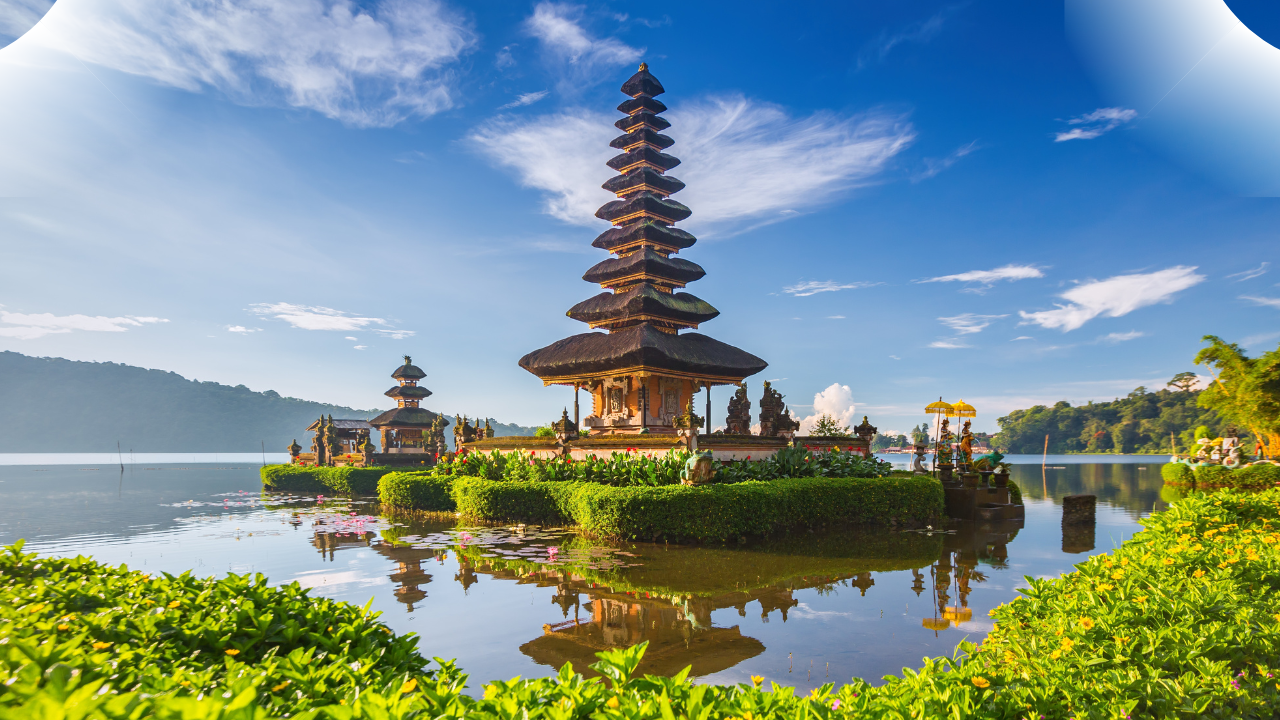Best Time to Visit Bali
Bali's ideal time of year to visit is between May and October, during its dry season when temperatures are at their hottest and less rain will interfere with sunbathing or hiking plans.
Peak tourism season corresponds with summer holidays in Europe and Australia in July and August; anticipate crowds and higher prices during this time.
Dry Season
Bali's dry season offers ample sunshine, beautiful beaches and outdoor adventure activities that are ideal for beach explorers looking for sun, low humidity, mild temperatures and perfect beach conditions from May through October - perfect conditions for exploring beaches by hiking, surfing, snorkelling, diving, biking etc.
As peak tourism season brings more expensive accommodations and activities, travellers who come during April-May or September-October will find more competitive rates for accommodations and activities and less crowded beaches and trekking paths.
Visitors to Bali during the wet season can also look forward to an array of events, such as the popular Nusa Dua Light Festival from October to November, an impressive visual display involving life-sized lanterns. Lunar New Year celebrations in February and Nyepi (a day of silence) occur throughout this rainy period.
Be prepared for a tropical climate by packing light clothing and comfortable footwear. Long-sleeved shirts and pants may help guard against mosquito bites, while sun protection includes hats and sunglasses. Travellers should also include waterproof cameras with extra battery power, rain ponchos or umbrellas if it rains, and insect repellent, essential when venturing into an island's lush rainforest.
Wet Season
As March arrives, the rainy season gradually eases off; afternoon showers may still occur but won't be as heavy. Humidity levels also decline, making March an excellent month to explore these islands more leisurely.
Water sports enthusiasts will delight in Bali's legendary beaches for waves to ride. Still, those not into surfing will enjoy hiking into the mountains or rainforest adventures, giving a taste of this incredible island. Visit one of Bali's temples is also highly recommended - made all the more mysterious by raindrops on temple roofs!
Cooking classes and cultural workshops offer a great way to experience local culture while having fun indoors; prices may be significantly less than during peak seasons.
Visit Bali in the rainy season, and you won't compete with large crowds for their attention—something that can significantly improve your experience. Plus, with proper gear, you can still stay protected from the sun by wearing UV-protective hats and sunglasses, umbrellas, or raincoats, and don't forget a pair of waterproof boots!
Shoulder Season
Visit Bali during its shoulder season - May to October—is ideal. There is minimal risk of rain, and temperatures are warm enough for swimming, snorkelling, and taking in stunning beach scenes from cliff tops. There's still plenty to see and do during this period, yet you'll experience much greater peace and quiet and pay much less compared to peak holiday months.
April can be an extremely hectic month due to the Easter holidays; however, once those are over, Bali is still relatively peaceful. Temperatures tend to be slightly higher than shoulder season, but humidity begins to subside, making this an excellent time to explore some of Bali's hiking and mountain climbing opportunities.
July and August are among the busiest months for tourists visiting Bali, yet also when temperatures reach their hottest levels. Short, sharp thunderstorms may occur occasionally during this period but should not inhibit your enjoyment of beaches, restaurants and other attractions in Bali.
December is another peak period for visitors to Bali, though weather conditions tend to be wetter at this time of year. December also offers visitors an excellent opportunity to witness one of Bali's most celebrated and revered religious ceremonies - Nyepi, or "The Day of Silence".
Peak Season
As March marks the end of the wet season in Bali, it is an ideal time to visit. Rain may still occur, but days tend to be sunny, and temperatures rise slowly. Tourist attractions may still be busy, but with fewer people around, visitors should have an easier time getting through lines.
As European schools break for summer vacation, June marks the peak season, and beaches and restaurants have become busier with higher prices and increased foot traffic. Furthermore, this period marks when ocean swells reach their height, so surfing enthusiasts may wish to visit at this time.
July and August are typically the hottest months with high humidity levels; however, they still provide enough sunlight for beachgoers and other activities to enjoy themselves. Furthermore, peak season coincides with many festivals and events, making it an exciting holiday option.
September and October offer milder temperatures with less rainfall, making this an excellent time for hiking, exploring, and swimming - though the beaches won't be as inviting or comfortable. September and October offer ideal conditions for viewing some of the island's more natural attractions, such as stunning waterfalls, which often reach their most spectacular state; these months also make an excellent time for diving into calm and temperate waters!



